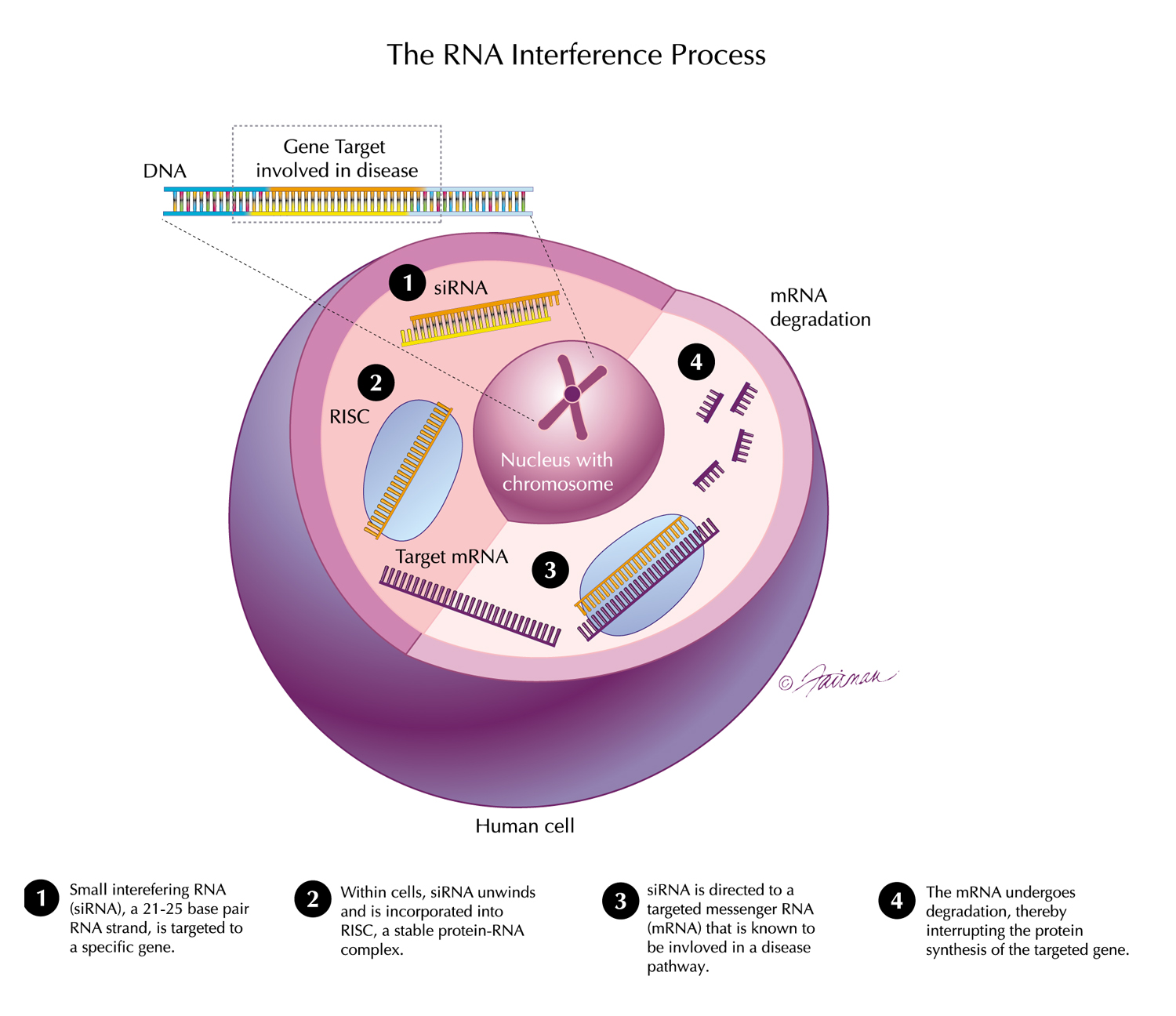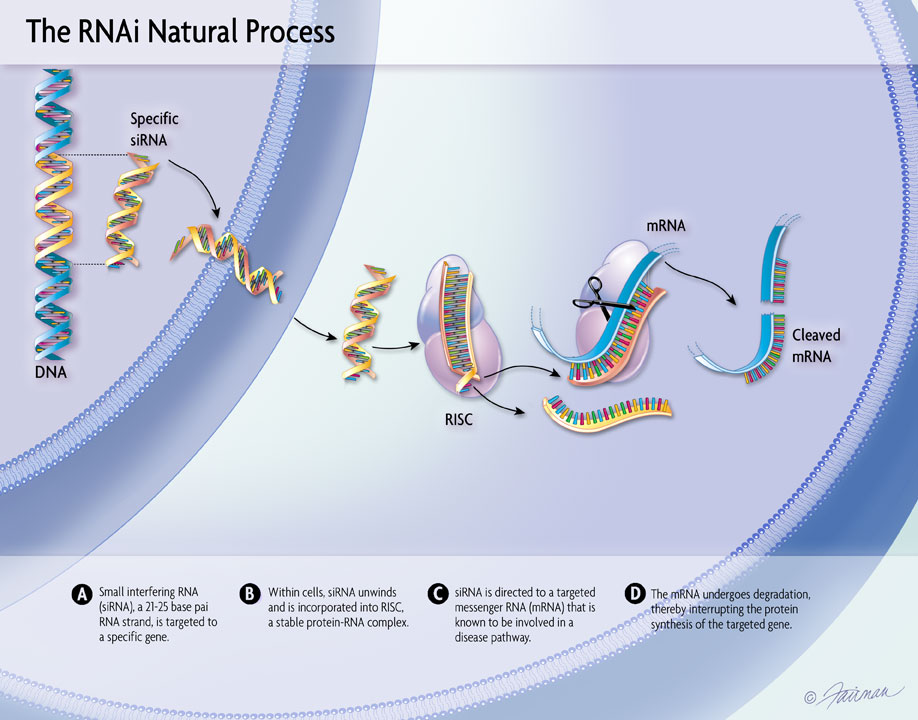
14 Apr, 2018 New Positive Clinical Results for Givosiran at EASL
We presented new positive results from the Phase 1, Phase 1/2, and EXPLORE natural history studies of givosiran, an investigational RNAi therapeutic targeting aminolevulinic acid synthase 1 (ALAS1) for the treatment of acute hepatic porphyrias (AHPs), at the European Association for the Study of the Liver (EASL) 53rd Annual International Liver Congress, being held April 11-15, 2018 in Paris, France.
Phase 1 Part C Study Results
Givosiran treatment led to rapid, dose-dependent, and durable lowering of induced ALAS1 mRNA in patients with recurrent attacks, which resulted in corresponding reductions in both ALA and PBG. Compared with a once quarterly dose regimen, monthly dosing led to a consistent and sustained lowering of ALA and PBG of greater than 80%, relative to baseline. Monthly givosiran dosing at 2.5 mg/kg led to mean reductions in annualized attack rate (AAR)* of 83% and annualized hemin use of 88%, relative to placebo.
Serious adverse events (SAEs) were reported in six patients receiving givosiran in the Phase 1 study—none assessed as related to study drug—and consisted of two patients with abdominal pain leading to hospitalization, as well as one patient each with miscarriage, opioid bowel dysfunction, and influenza infection. As previously reported, the remaining SAE occurred in a recurrent attack patient who died due to hemorrhagic pancreatitis complicated by a pulmonary embolism and following a recent hospitalization for bacteremia. There were no other discontinuations due to adverse events (AEs) and no clinically significant changes in clinical laboratory assessments.
Interim Phase 1/2 OLE Results
As of February 26, a robust treatment effect was maintained in givosiran-treated patients with extended dosing in the OLE study, with a total time on treatment across the Phase 1 and OLE studies of up to 22 months. In patients who received givosiran during the Phase 1 study and continued with givosiran during the OLE study (N=12), mean reductions in AAR of 93% and annualized hemin use of 94% were observed, relative to the AAR recorded for these patients in the Phase 1 run-in period. Patients in the placebo arm of the Phase 1 study crossing over to givosiran treatment in the OLE study (N=4) experienced mean reductions of greater than 90% in AAR and hemin use, relative to the Phase 1 run-in and placebo treatment periods. For patients in the OLE study, seven of sixteen (44%) achieved an AAR of zero with a mean of 8.5 months on treatment. During the prospectively monitored run-in period, these same patients experienced a median AAR of 15.1 (range from 6.3 to 34.0).
SAEs were reported in two patients. One patient presented with upper extremity deep vein thrombosis, assessed as unlikely related to study drug due to the presence of an indwelling central venous catheter and a prior history of venous damage from chronic hemin use. One patient had an anaphylactic reaction after the third dose of givosiran (first dose in the OLE study), assessed as definitely related to study drug. The patient had a past history of asthma, oral allergy syndrome, and allergic reactions to acne cream and possibly latex gloves. The event resolved with medical management, and the patient discontinued from the study. AEs occurring in three or more patients included abdominal pain, nausea, injection site erythema, headache, injection site pruritus, fatigue, and nasopharyngitis. No clinically significant increases in liver function tests or lipase levels were noted with ongoing dosing.
EXPLORE Natural History Study Results
EXPLORE is the first observational, multinational, prospective study designed to characterize the natural history, clinical management and quality of life of AHP patients with recurrent attacks (three or more attacks/year) or who receive hemin or gonadotropin-releasing hormone analogue prophylaxis to prevent attacks. Updated data from EXPLORE—as of November 21, 2017 (N=112)—demonstrate that patients suffer from both acute attacks and chronic symptoms (in up to 65% of patients) in between attacks, that together result in a diminished quality of life. Patients in the EXPLORE study had an AAR of 3.7, inclusive of 46% of patients taking hemin prophylaxis, with a mean attack duration of 7.3 days. The majority of attacks (76%) were treated in a healthcare facility or with hemin.
We view these new results with givosiran as very encouraging, as they support use of a monthly dosing regimen for sustained reductions in ALAS1 mRNA and urinary ALA, with improved clinical activity. We look forward to continuing our efforts in rapidly developing givosiran towards regulatory filings and, if approved, to patients.
*Attacks requiring hospitalization, urgent health care visit or hemin, which is the attack rate definition used in the ENVISION Phase 3 trial.


